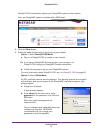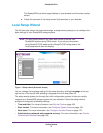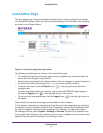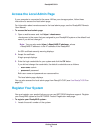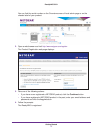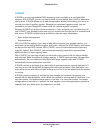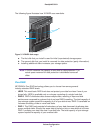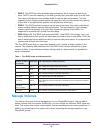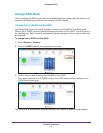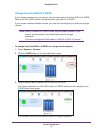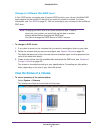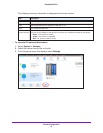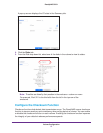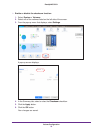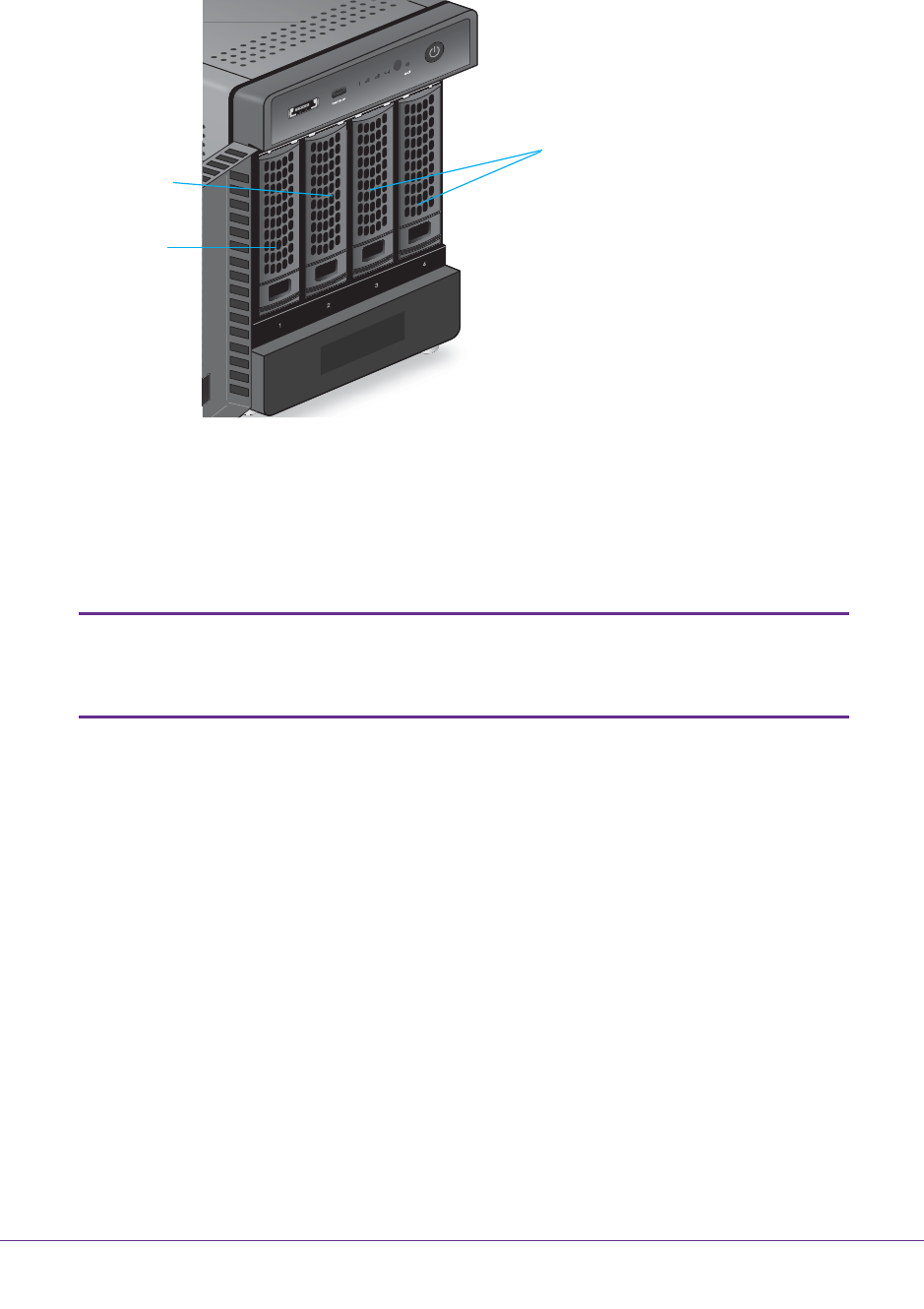
Volume Configuration
21
ReadyNAS OS 6.1
The following figure illustrates how X-RAID2 uses new disks.
a
b
c
Figure 3. X-RAID2 disk usage
a. The first disk that you install is used for initial (unprotected) storage space.
b. The second disk that you install is reserved for data protection (parity information).
c. Installing additional disks increases your storage space.
Note: X-RAID2 reserves the capacity of one disk for data protection. The
actual space reserved for data protection is distributed across all
disks.
Flex-RAID
NETGEAR’s Flex-RAID technology allows you to choose from among several
industry-standard RAID levels:
• JBOD. This most basic RAID level does not protect your data from loss if one of your
drives fails. JBOD is available only on volumes consisting of a single hard disk.
• RAID 0. RAID 0 distributes data across multiple disks, resulting in improved disk
performance compared to systems that do not use RAID formatting.
The total capacity of
your storage system equals the capacity of all of your disk drives. RAID 0 is available on
volumes consisting of two or more hard disks.
• RAID 1. This RAID level provides full redundancy of your data, because it duplicates data
across multiple disks. Exactly the same data is stored on two or more disks at all times.
RAID 1 protects your data from loss if one disk fails.
The total capacity of your storage
system equals the capacity of your smallest disk.



